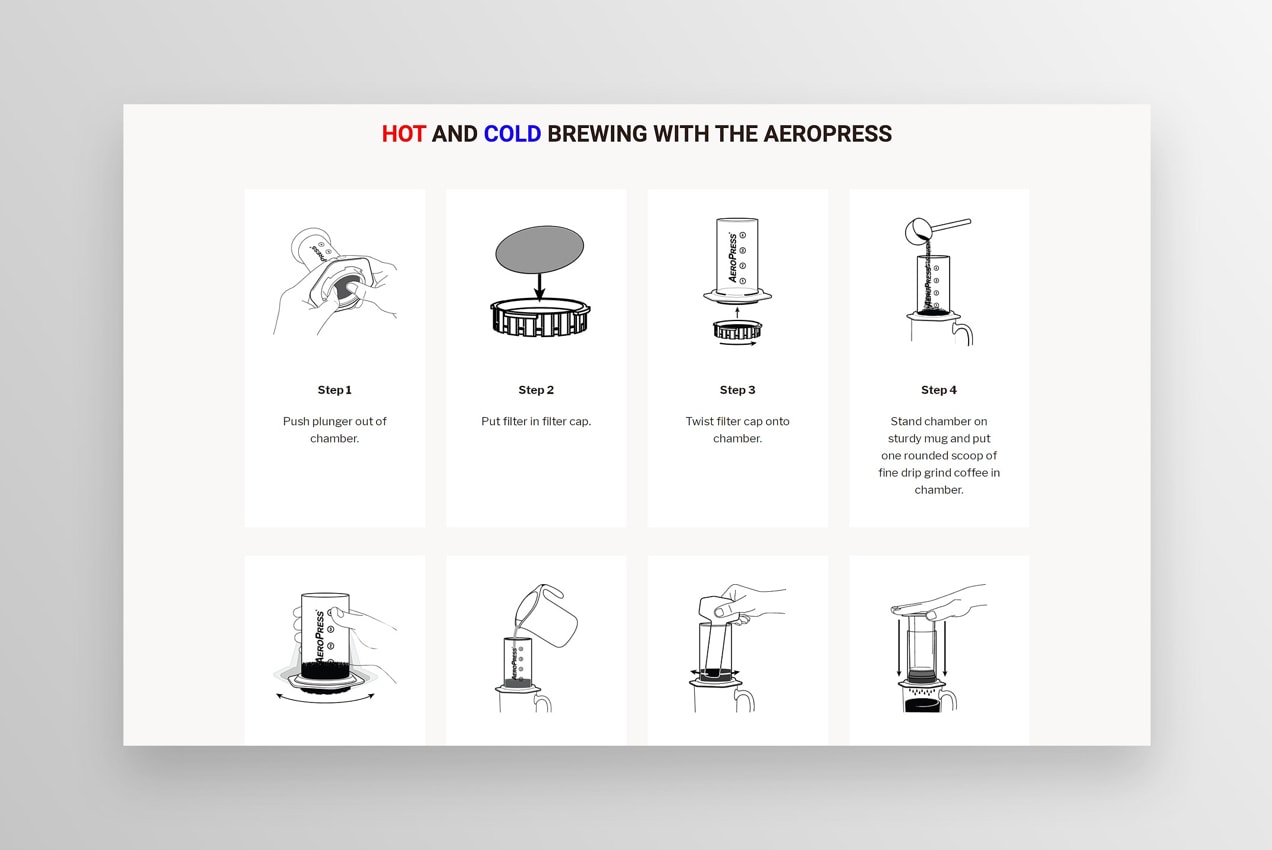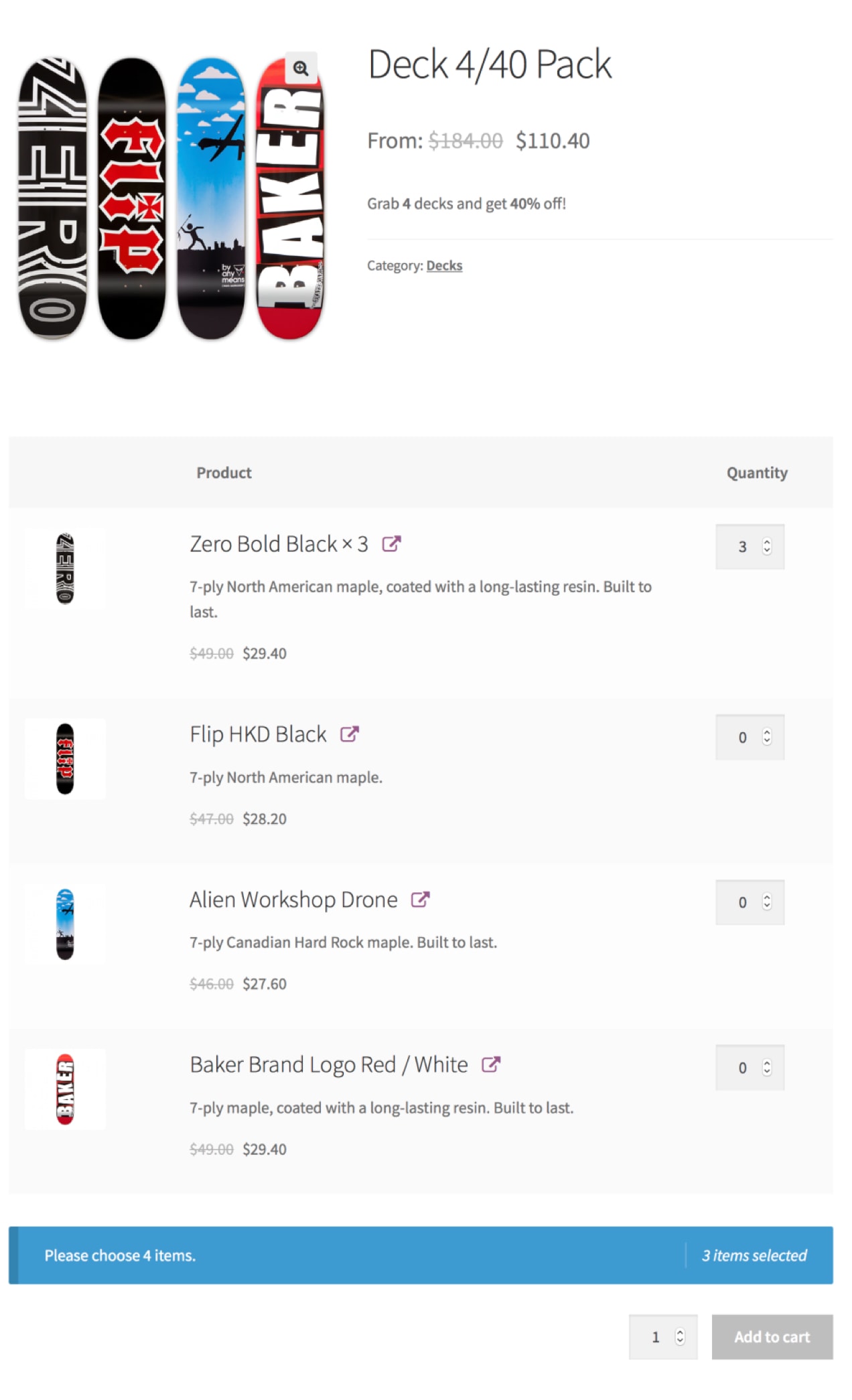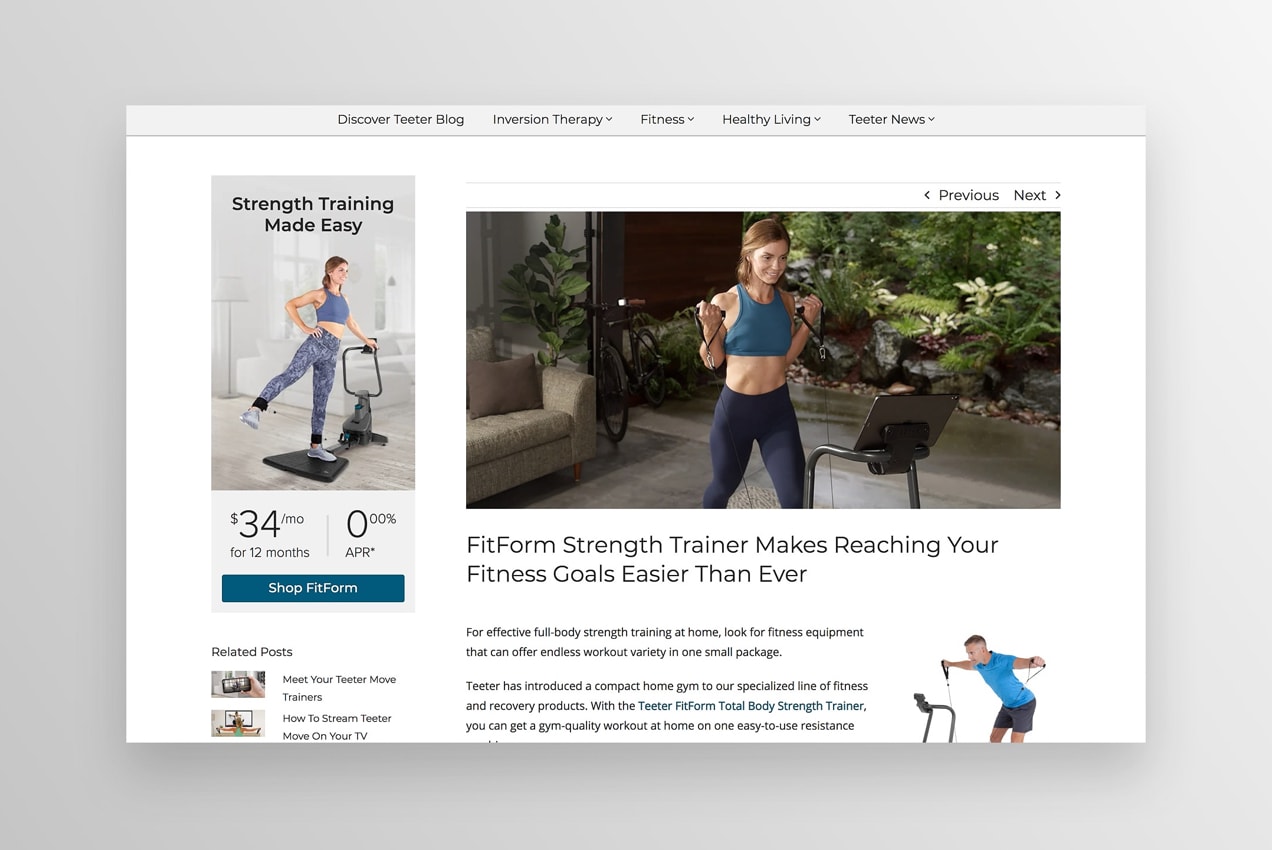Whether your new product is in the planning stage or is nearly ready to sell, you should think about how to get the most out of your product launch. While no checklist applies to every situation, the one you’re about to see is hyper-focused on the core issue – launching your product.
If you’re thinking about releasing your product, that means you already have the idea in development. It also means you have good evidence that it’s something your target audience wants or needs because it solves a problem they need help with.
A successful product launch is one that connects with the people it was intended for and generates a profitable response.
The 14-point product launch checklist
↑ Back to topThe first seven items on this list relate to planning, development, and customer service. Items eight and beyond concern the marketing of your product.
1. Pick a launch date
This may seem obvious, but it’s often overlooked until you’re knee-deep in planning. But nearly everything else you do, especially things that require coordination with other people or vendors, depends on knowing the “due date.”
If circumstances require, you can always shift it. But begin with a target launch date in mind.
2. Make sure your product works
If it’s software, do some beta testing. If it’s food, make sure it tastes good. If it’s a toy, make sure it works and doesn’t break after one use. Test the functionality and the quality of the product to ensure it does what you promise.
3. Create demos and tutorials, as appropriate
You may not need demos for a cup of yogurt. But even for something like that, you can create videos and written materials about your manufacturing process, how you ensure product safety, the health benefits, and the ingredients you use.
Every product can benefit from explanations, how-to guides, user-generated videos, and other similar types of instructive content.
Teaching is selling, when done well.

And whatever manuals and guides you develop, make sure people can find them easily. If they’re not included with the product itself, make it easy to find them on your site.
4. Prepare your logistics
For some products, like luxury items and private airplanes, selling just a handful of them is a big success. But for most products, you want to sell a lot of them, which means you need to be prepared.
Your shipping, packaging, and manufacturing processes need to be ready to launch when you are. You don’t want to get a bunch of orders and then have to tell customers you’re already out of stock. However, you also don’t want to end up with gobs of inventory that you’ll never sell.
5. Consider legal issues
Almost every product requires some legal considerations. This might be terms and conditions, contract language, a guarantee, or a product label. Make sure you’ve protected yourself and covered all your legal bases. This is not something you should do without professional help or leave until the last minute.
6. Empower your support team
Your customer service reps and help-desk staff need time to familiarize themselves with your new product so they can actually be helpful. Customers will call with questions and your team should be ready for them.
Show them your tutorials and your marketing. Diagram your logistics process and show it to them. If possible, have them be part of your product testing team so they know the ins and outs. If it’s a toy, let them play with it. If it’s a tool, let them use it. If it’s food, let them eat it.
7. Anticipate delays and problems
Earlier, we mentioned a launch date. You may need to delay a launch date for reasons out of your control. The start of the COVID-19 pandemic, for example, wasn’t the ideal time to launch a new airline feature or release a movie. Sometimes the cultural and social climate in your community — and beyond — can affect the launch of your product.
You might also run into problems with logistics, development, or testing and the product just isn’t ready on time. You might also receive negative press from an unrelated issue, and don’t want your new product launch overshadowed by it.
Anticipate scenarios like these, and have a backup plan.
8. Give ample attention to your pricing strategy
Entire books have been written about pricing strategy. Give it careful thought. Consider your target audience and your competition. Why is your product different from theirs? If it’s so different and so much better at doing something of value your customers need, then price it a bit higher.
You can also consider various types of deals, such as buying single items or buying in bulk. Subscriptions or one-time purchases. Packaging it with other products or selling it as a bundle. Pairing it with a service. Consider different versions of the same product, with varying prices depending on what people are willing to pay.

Your pricing depends on your audience. It affects how you’ll market to them.
9. Create a great landing or product page
No matter what you sell, if you’re doing it online, the product or landing page is where most of the convincing will take place.
This is the page where you present the product to people who’ve seen your marketing elsewhere. They end up here, on your landing page or your product page.
Give it a great headline. Make it clear what the product does, the problem it solves, the way it makes life easier, better, happier, or more efficient. Identify your audience as soon as possible so they know they’re in the right place. Include some testimonials. Add a picture of the product, and perhaps a video.
And most importantly, give a clear call to action for how the customer can get the product. Learn more about how to write great product descriptions.
10. Write good copy for all your marketing
Landing and product pages are just one piece of the puzzle. Your other marketing efforts might include social media posts and ads, postcards, direct mail letters, billboards, Google Ads, blog posts, email marketing, and so much more.
All of this needs great copywriting.
At the core of great marketing copy is the USP: the Unique Sales Proposition. What makes your product different and better than every other similar product out there? Why is your product needed badly enough to part with money in order to get it? Infuse all your copy with your USP.
Then follow that with the emotions the buyer will experience afterward. Paint a picture of the future — this is how you’ll feel after you have this.
11. Amplify the product launch with online hype
The media channels you manage — your email and social media pages — should be overrun with marketing related to your product launch. Anyone who is within your sphere of influence should know it’s coming.
But don’t just pepper them with deals and discounts. Make them want it. Write blog posts that explore some of the problems your product solves. Pose questions, but only partly answer them, because the only way to get ultimate answers is to buy your soon-to-launch product.

12. Give early access to your best customers
The easiest people to sell to are the ones who have already bought from you. A product launch is a chance to reward them for their loyalty. Send them bonus offers like free upgrades at no charge, special discounts, free gifts with purchase, and other perks.
13. Ensure all your sales processes are working
If you have a signup form, does it send an autoresponder? Does it connect with your database? Does your checkout page accept the coupon code printed on your postcards? Are your Google Ads tracking codes working?
14. Throw a launch party
If you have a brick and mortar store and can safely do so, make this an event worthy of a press release. If you’re an online business, make it a social media event. And have a virtual party for your internal team, too. They’ve worked hard to get to this point. Celebrate the achievement.
Make your debut
↑ Back to topUse this entire checklist to help plan your launch, and you’ll be set up for a successful and profitable experience.
About






I agree with all, especially the video advice in point #3. User-generated videos provide social proof which alone can boost your sales significantly.
I would add/ stress the importance of writing a description of your product for humans and not for search engines (although possible to do both) and focusing on the potential buyer instead of adding filler words only with the intention to make the text seem long.
I tell my WooCommerce customers any video and photos are better than nothing. Even if you’re using your own smartphone to record a quick video of your product. It can help convince someone to buy.
You’re absolutely right, Simon. Writing for real people not only helps conversions, it also ultimately helps with SEO, as search engines are prioritizing actual user experience more and more. Thanks for reading!